ammonite suture patterns
For the holidays, Jesse gave me a 110 million year old fossil Ammonite. It’s a Cleoniceras Ammonite to be specific, found in Madagascar. Ammonites are extinct cephalopods that lived in shells. That means their closest relatives are the modern day Nautiluses, Octopi, Squid, and Cuttlefish. Like the Nautilus, Ammonites gradually add onto their shell to accommodate their increasing body mass. As they extend their shell they build a wall, closing up the now too narrow portion of the shell behind them as they move into the larger portion of the spiral.
photos of a Nautilus. cut in half (left) by Jitze1942. alive (right) by PacificKlausNow the really cool thing about the Cleoniceras Ammonite, is that unlike the Nautilus, the morphology of the tissue wall they build between the chambers is not just a smooth curved wall. Instead it has a bizarrely complex fractal 3-dimensional shape. These patterns are called “suture patterns” and they mark the intersection of the septum walls with the shell. Scientists can’t agree why the septum walls are so complexly furrowed or even how they formed. But they certainly have published many conflicting arguments about the subject.
Here’s a snapshot
Ø. Hammer proposes a reaction-diffusion explanation for the formation of suture patterns (right below)
A. Checa and friends propose a viscous fingering explanation, where the two fluids at play are the cameral liquid and connective tissue (left below)
F.V. De Blasio uses finite element analysis to argue that the high sinuosity is an evolutionary response to external pressure, reinforcing the shell in response to hydrostatic
pressure
- Hammer, Ø. 1999. The development of ammonite septa: an epithelial invagination process controlled by morphogens? Historical Biology 13:153-171.
- Hammer, Ø. & Bucher, H. 1999. Reaction-diffusion processes: Application to the morphogenesis of ammonoid ornamentation. GeoBios 32:841-852.
- García-Ruiza, J. & Checa, A. 1993. A model for the morphogenesis of ammonoid septal sutures. GeoBios 26:157-162.
- Lewy, Z. 2002a. The function of the ammonite fluted septal margins. Journal of Paleontology, 76::63-69
- De Blasio, F.V. 2008: The role of suture complexity in diminishing strain and stress in ammonoid phragmocones. Lethaia 41:15–24.

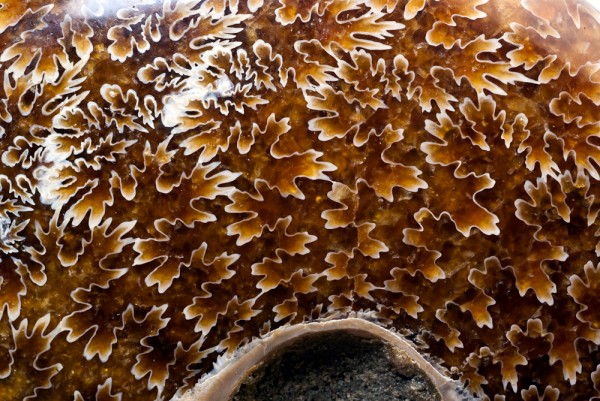
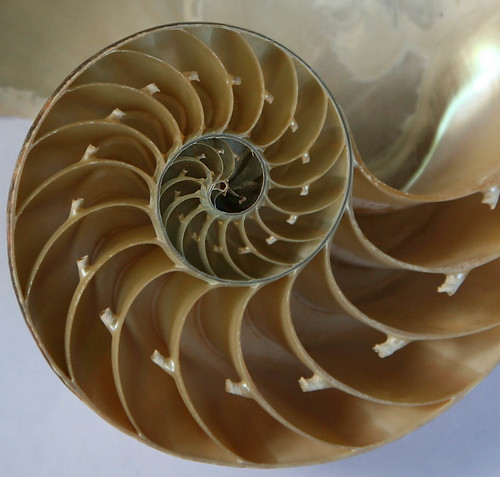


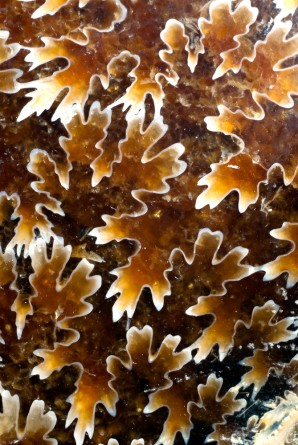
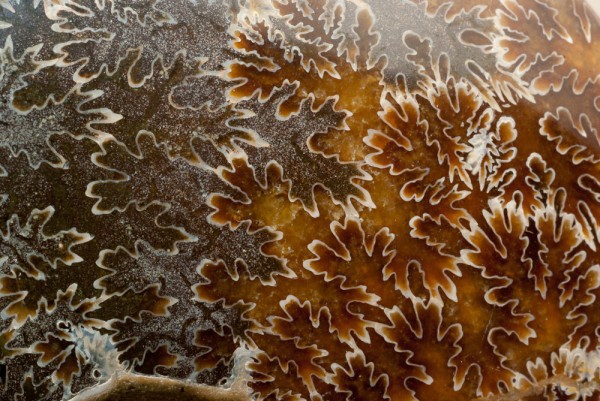

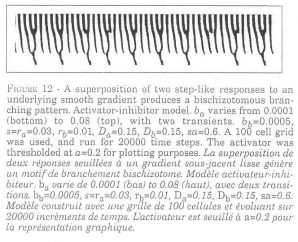
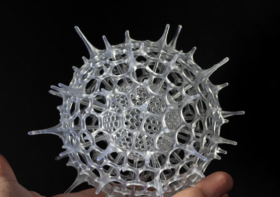
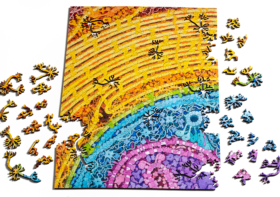

Nervous System – explorations in generative design and natural phenomena » Blog Archive » Researcher Profile: Oyvind Hammer
[…] later, we discovered the wonder of ammonite suture patterns, which we posted about here. While researching how these patterns form, we came across many competing theories. Hammer is a […]
Short sweet and pretty « Many Worlds From Many Minds
[…] Because they are nifty and cool, and because I just learned from Jessica Rosenkrantz’s blog Nervous System what the lovely filigree designs I saw on my polished shell came from. They’re called […]